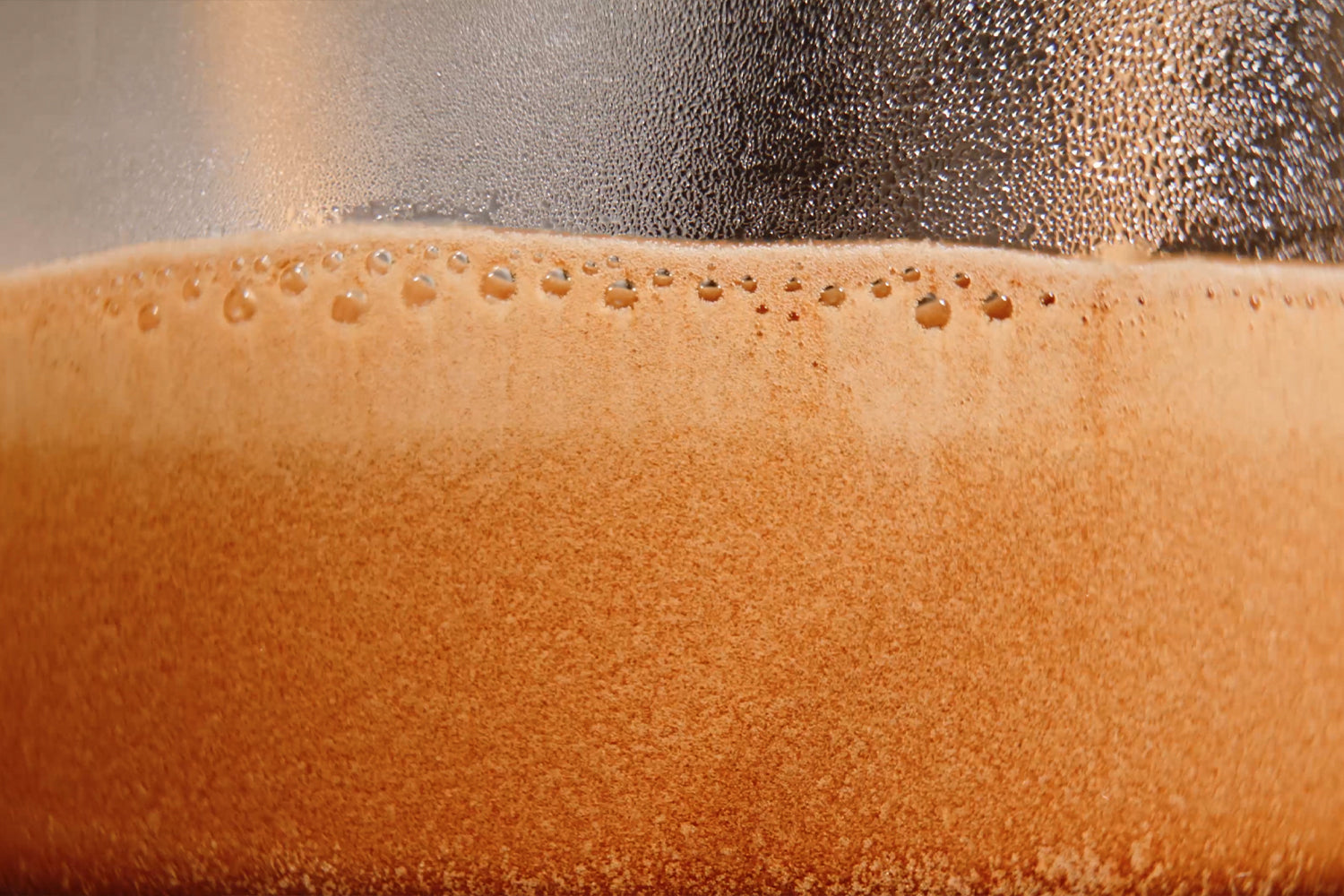Guide — Dialling In Espresso

The Assembly method for optimising espresso
Consider the process of dialling in espresso and you'll likely picture a grinder and an espresso machine. While this final stage might well be the most important input in optimising espresso, the groundwork is laid much earlier.
By sourcing coffees specifically for espresso that exhibit heightened sweetness and stickiness, and that are stable in acidity, we begin zeroing in on the perfect espresso at the earliest opportunity in the process. This purposeful approach is continued into roasting, where we avoid omni roasting to use roast profiles tailored for espresso brewing.
Why do we take this approach? Espresso should be the ultimate expression of coffee's utility, versatility and tactility. It needs to propose an equally enjoyable sensorial experience when drunk black or paired with milk. A flat white is less about attempting to force the expressiveness of your coffee through milk than it is the harmony of the coffee with the milk.
By selecting naturally sweet, sticky coffees, we enable the end user to push for more acidity in the cup if desired, with reduced risk of losing the balance of the overall flavour.
And texture is all-important, which is why using brewing parameters that don't compromise this is key. Yes, you can use a 1:3 brew ratio, but then you risk losing the mouthfeel and intrinsic sweetness that is the foundation of a great espresso.
Our method for optimising espresso focuses first on clarity and texture, followed by balance. We adjust our beginning brew ratio slightly if we're using a coffee that exhibits qualities different to our ideal, but the framework always remains the same.
1. Brew ratio — for clarity and texture

The starting point for our brew ratio is decided by the style of coffee we are brewing. A lighter style roast will inherently propose an espresso with heightened acidity, while an espresso style roast will exhibit tempered acidity and a fuller body.
Light style roasts
1 part coffee to 2.5 parts liquid (1:2.5)
Espresso roasts
- Mild component(s) (central, south American mild coffees): 1 part coffee to 2 parts liquid (1:2)
- Volatile component(s) (east African bright coffees): 1 part coffee to 2.25 parts liquid (1:2.25).
If we assume the coffee most likely to be used is an espresso roast of central and/or south American coffees, such as the Assembly House Espresso, our starting ratio is 18g coffee for 36g of liquid (1:2).
At this stage, we're assessing for flavour intensity (strength) and texture. We taste and decide if we need to make a change to the brew ratio (while keeping the dose fixed.) If we do, to reduce intensity (and gain clarity), we increase the brew ratio. To gain texture and intensity, we decrease the brew ratio.
We taste and compare the two espressos, then decide how to proceed. If after multiple adjustments to the brew ratio we still haven't achieved our desired flavour and texture, only then do we reconsider the dose of dry coffee.
2. Dose

While maintaining a consistent brew ratio, a higher dose increases intensity and texture. A lower dose can reduce intensity and improve clarity. Taste, compare, repeat.
3. Grind size — for balance

Now we assess balance. Maintaining a consistent yield and dose we’ll respond in one of two ways:
If we're tasting unbalanced acidity, we maintain a consistent dose and yield while using a finer grind setting to promote higher extraction and thus a more rounded flavour profile.
If we have an unbalanced finish, we maintain a consistent dose and yield while using a coarser grind setting to promote lower extraction and thus a less intense flavour.
With the goal of pronounced sweetness, a viscous mouthfeel and balance of acidity, we taste, compare, repeat until we've achieved our desired outcome.
Try our method with the seasonal Assembly House Espresso or the Assembly Blend.






